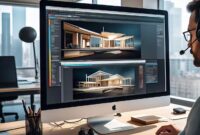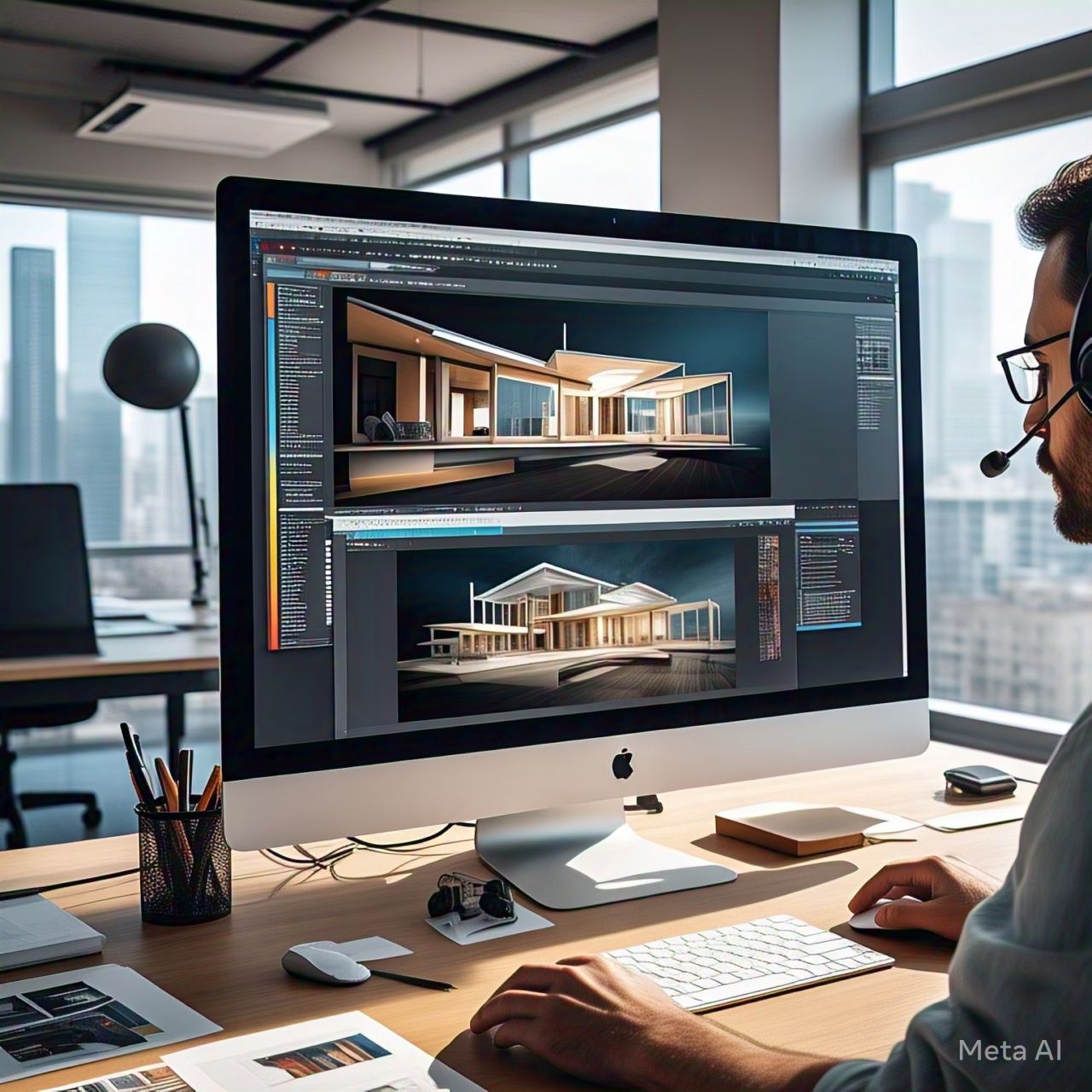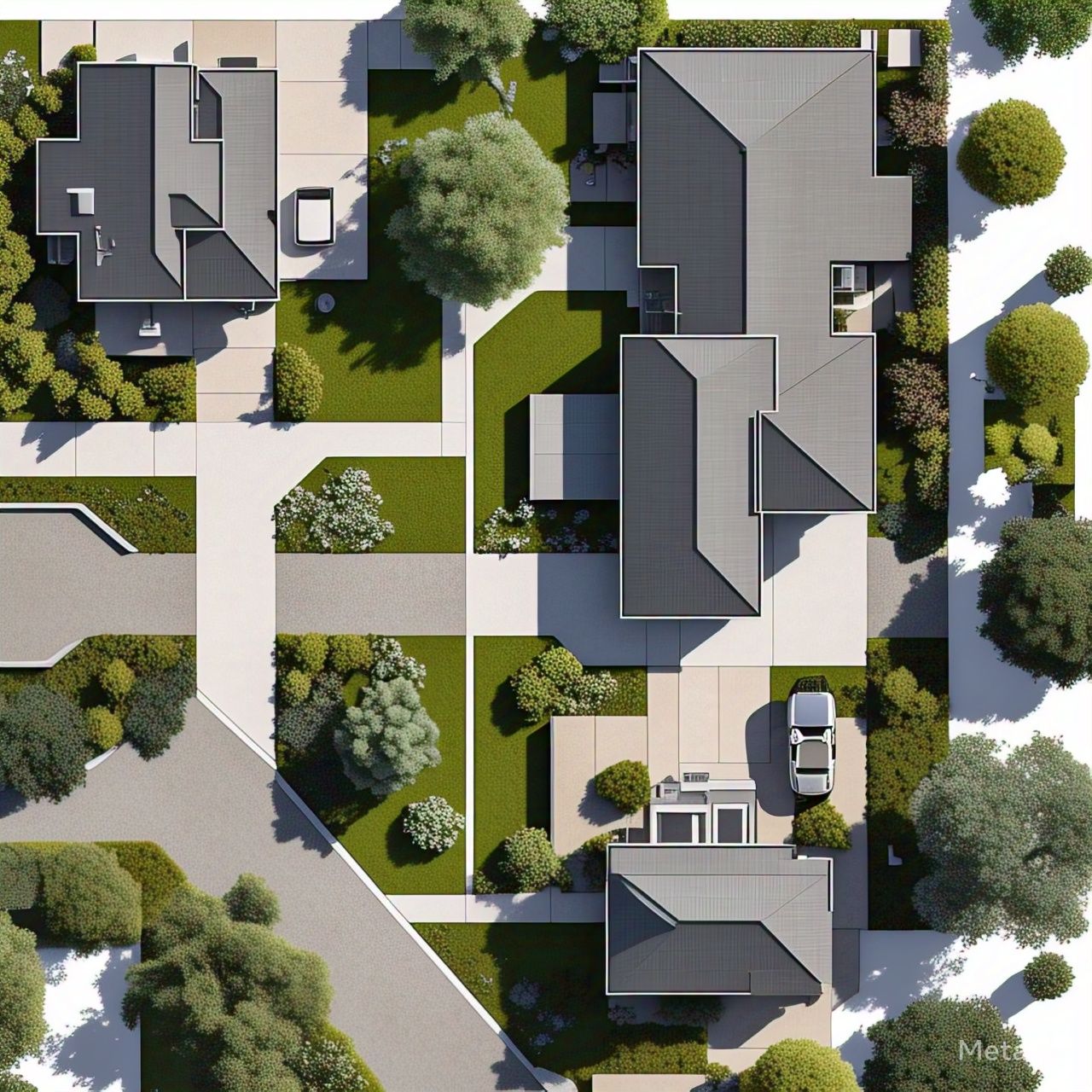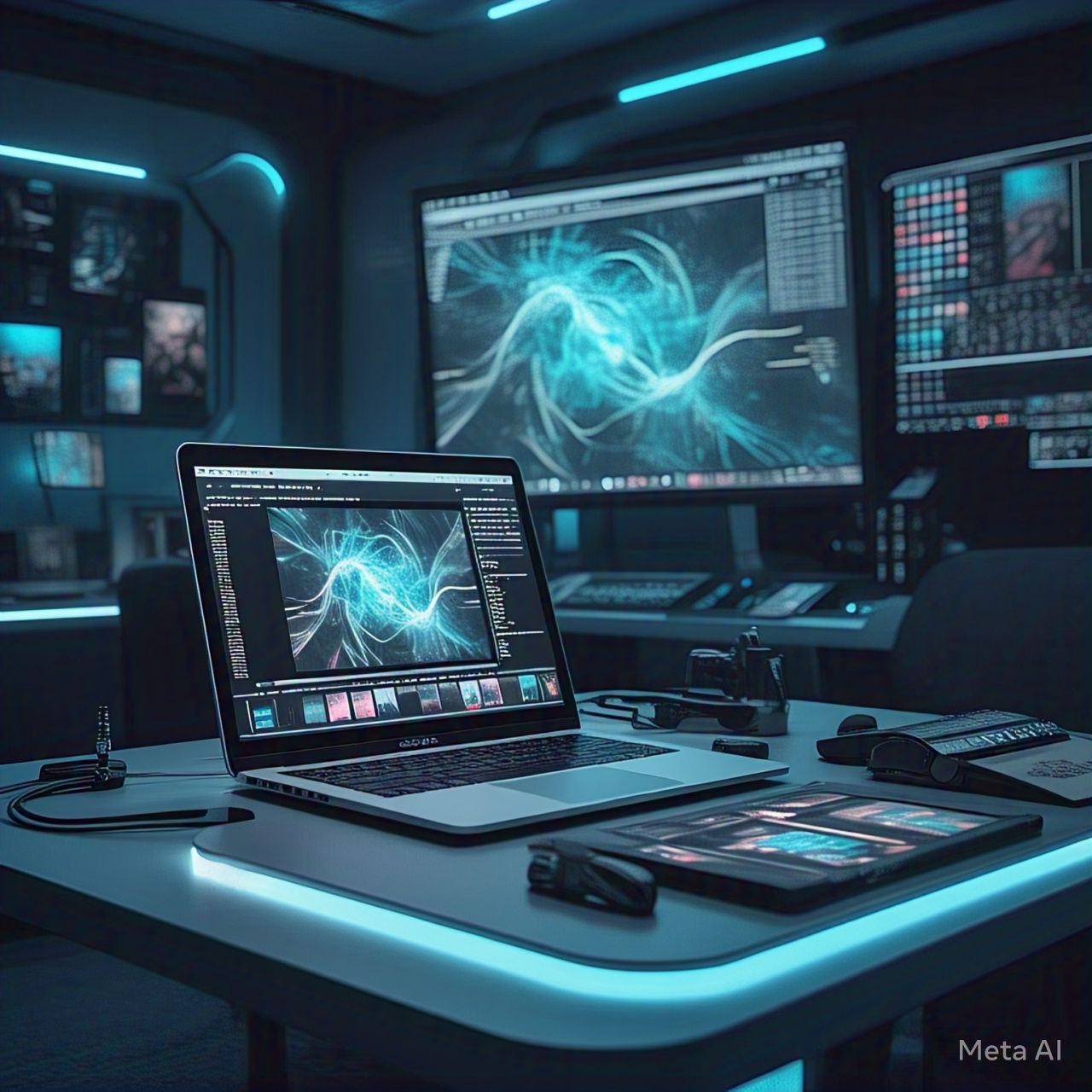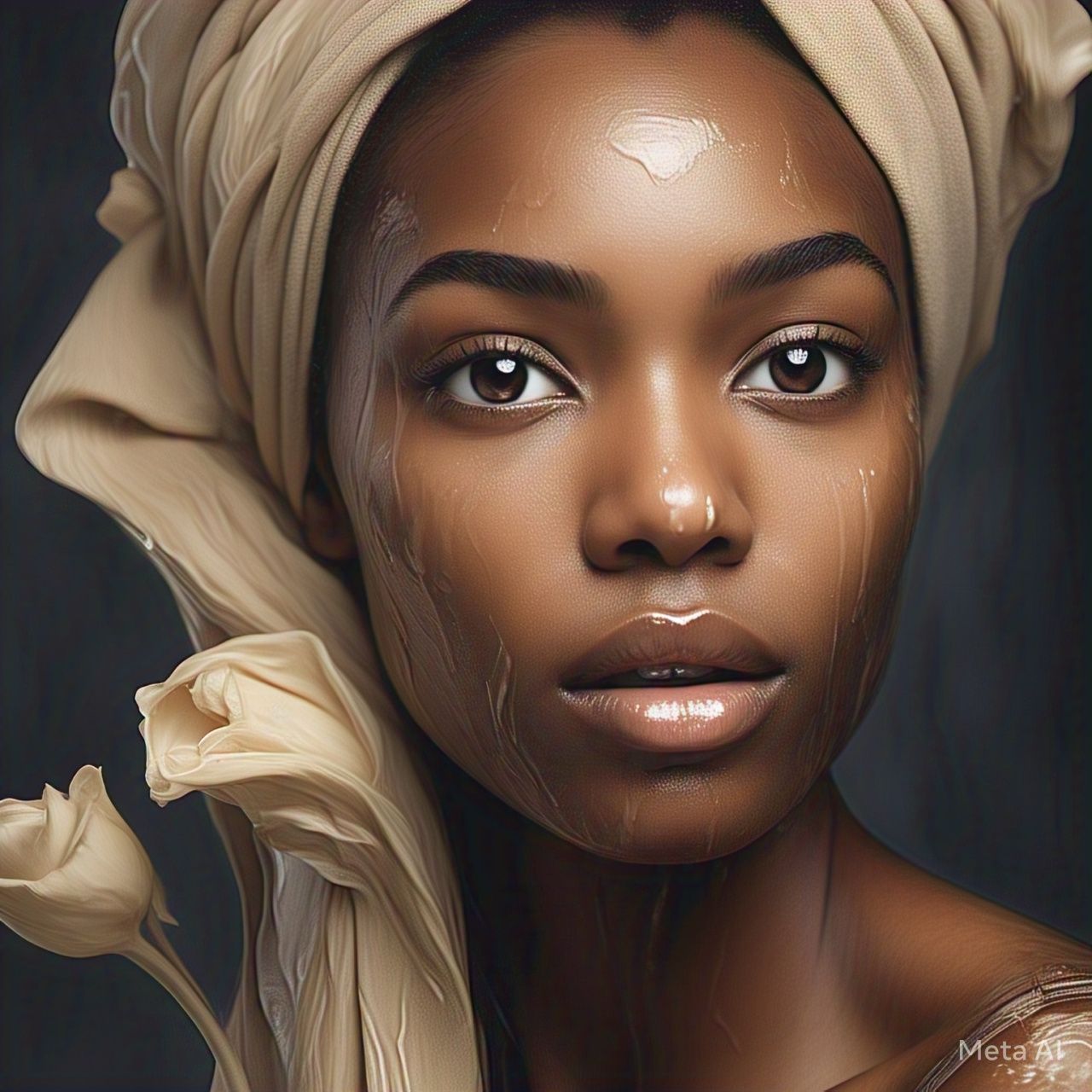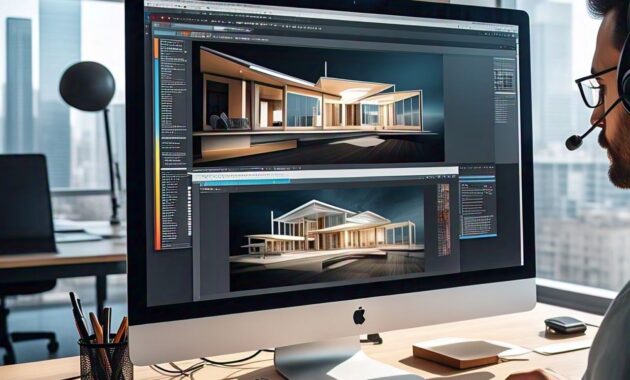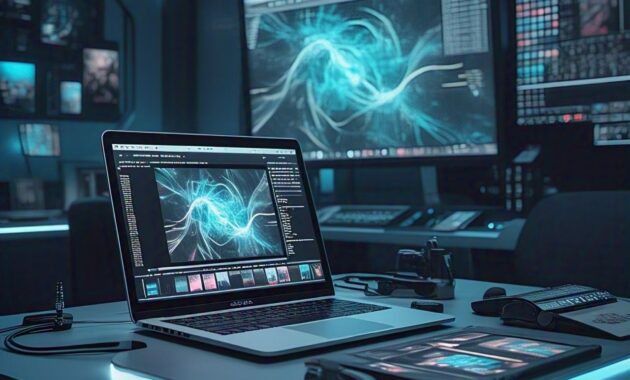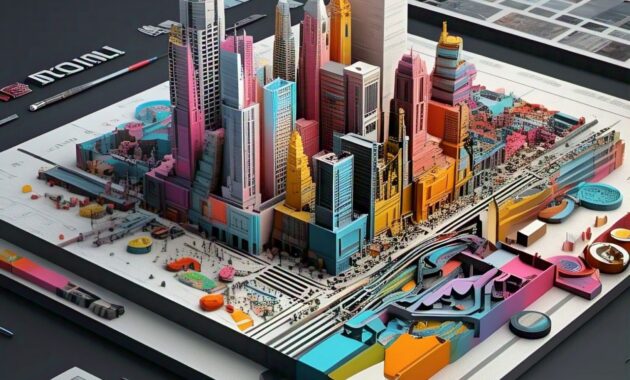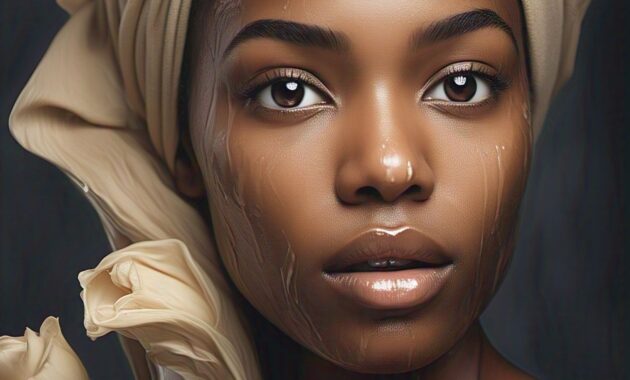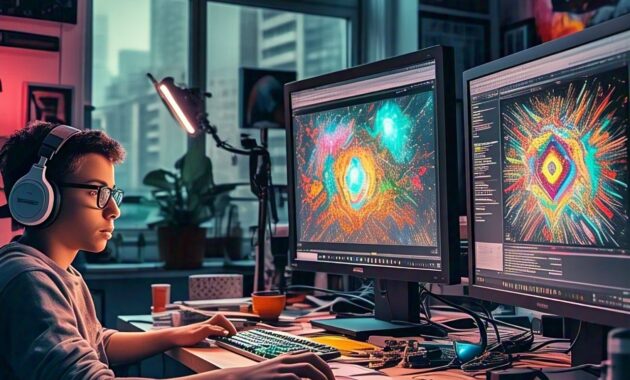The world of design is undergoing a massive transformation, thanks to artificial intelligence (AI). AI-powered editing is revolutionizing the way designers, content creators, and businesses approach visual and graphic design. From automating repetitive tasks to offering intelligent recommendations, AI is making design faster, more efficient, and more accessible than ever before. In this article, we will explore the role of AI in automated design, its benefits, challenges, and what the future holds for AI-powered editing tools.
What is AI-Powered Editing?
AI-powered editing refers to the use of artificial intelligence and machine learning algorithms to enhance and automate the design process. These tools use data-driven approaches to improve images, videos, graphics, and layouts while reducing manual effort. Whether it’s removing backgrounds, adjusting colors, enhancing details, or even generating entire designs from scratch, AI-driven software has changed the way creatives work.
AI-powered editing tools rely on deep learning, neural networks, and computer vision to analyze and modify designs based on user inputs and predefined rules. These tools can learn from vast datasets, recognizing patterns and styles to create polished, high-quality outputs.
The Role of AI in Automated Design
AI is not replacing human designers but rather enhancing their capabilities. It streamlines workflows by automating repetitive tasks, allowing designers to focus on creativity and strategy. Below are some key areas where AI-powered editing is making a significant impact:
1. Image and Photo Editing
AI-powered tools such as Adobe Photoshop’s AI-driven features, Canva’s Magic Resize, and Luminar Neo use machine learning to enhance images. These tools can:
-
Automatically remove or change backgrounds.
-
Enhance image quality by upscaling and denoising.
-
Apply filters and effects intelligently.
-
Retouch portraits by adjusting skin tones and facial features.
2. Graphic Design and Layout Optimization
AI can generate complete graphic designs based on a few user inputs. Platforms like Canva and Figma offer AI-powered design assistance, helping users:
-
Suggest the best color combinations and typography.
-
Automatically align and position design elements.
-
Generate templates and layouts for various formats (social media, posters, websites).
3. Video Editing and Animation
AI has made video editing faster and more intuitive. Tools like Runway ML, Descript, and Adobe Premiere Pro use AI for:
-
Automatic scene detection and editing.
-
Removing background noise and enhancing audio quality.
-
Generating subtitles and voiceovers automatically.
-
Creating deepfake animations and AI-generated avatars.
4. UX/UI Design Automation
AI-powered UI/UX design tools, such as Uizard and Figma’s AI features, help designers:
-
Automatically generate wireframes and prototypes.
-
Analyze user interactions and suggest design improvements.
-
Enhance user experience by predicting user behavior.
5. AI-Powered Typography and Branding
AI-driven design tools can generate unique typography and branding elements by:
-
Analyzing brand identity to suggest suitable fonts and colors.
-
Creating dynamic logos that adapt to different platforms.
-
Automating the creation of branded templates for consistency.
Benefits of AI-Powered Editing
AI-powered design tools offer numerous benefits, making them a game-changer for professionals and beginners alike.
1. Increased Efficiency and Speed
AI significantly reduces the time required to edit images, videos, and layouts. Tasks that once took hours, such as background removal or color correction, can now be done in seconds.
2. Cost-Effectiveness
AI-powered tools reduce the need for expensive design software and professional expertise, allowing businesses and individuals to create high-quality designs at a lower cost.
3. Enhanced Creativity
AI assists designers by suggesting creative elements, color schemes, and layouts, helping them explore new styles and design trends.
4. Accessibility for Non-Designers
With AI-powered tools, anyone can create professional-looking designs without prior experience. This democratization of design has opened new opportunities for small businesses, marketers, and content creators.
5. Consistency in Design
AI ensures brand consistency by automatically applying predefined styles, fonts, and color palettes across multiple designs. This is especially useful for brands that need cohesive visuals across different platforms.
Challenges and Limitations of AI-Powered Editing
Despite its advantages, AI-powered design still has some limitations that need to be addressed:
1. Lack of Human Creativity and Emotion
While AI can generate impressive designs, it still struggles with understanding the emotional and cultural nuances of art. Human designers bring creativity and storytelling that AI cannot fully replicate.
2. Dependence on Data
AI models rely on large datasets to learn and improve. If the data is biased or limited, it can lead to inaccurate or generic design suggestions.
3. Ethical Concerns
AI-powered editing tools can be misused for creating deepfakes, altering images deceptively, or violating copyright laws. Ethical considerations must be taken into account when using AI for design.
4. Learning Curve and Integration
Although AI tools simplify design processes, they still require users to learn how to use them effectively. Additionally, integrating AI into existing workflows can be challenging for traditional designers.
The Future of AI-Powered Editing
The future of AI-powered editing is promising, with continuous advancements making design tools more powerful and intuitive. Here are some trends to watch for:
1. AI-Generated Art and Creativity
AI-generated art is gaining popularity, with tools like DALL·E, MidJourney, and Deep Dream creating stunning, unique visuals. As AI evolves, it will become an even more valuable tool for artists and designers.
2. Real-Time AI Editing
In the future, AI-powered tools will offer real-time editing capabilities, allowing designers to make instant modifications based on AI-generated suggestions.
3. Enhanced Personalization
AI will become more adaptive, creating personalized design recommendations based on user preferences, past projects, and industry trends.
4. Better Collaboration Between Humans and AI
Rather than replacing designers, AI will become a more integrated part of creative teams, assisting with ideation, automation, and efficiency while leaving artistic decisions to humans.
5. Voice and Gesture-Controlled Editing
The integration of AI with augmented reality (AR) and virtual reality (VR) will enable designers to edit images and videos using voice commands and hand gestures, making the process more immersive.
Conclusion
AI-powered editing is transforming the design industry, making creative processes more efficient, accessible, and intelligent. While AI cannot replace human creativity, it serves as a powerful assistant that enhances workflows and automates tedious tasks. As technology continues to evolve, AI-powered design tools will become even more sophisticated, opening new possibilities for designers, businesses, and content creators.
The future of automated design is here, and AI is at the forefront of this revolution. Whether you’re a professional designer or someone with no design experience, AI-powered tools can help bring your creative visions to life with greater ease and efficiency than ever before.
Would you embrace AI-powered editing in your design work? The possibilities are endless, and the future is bright for automated design!

